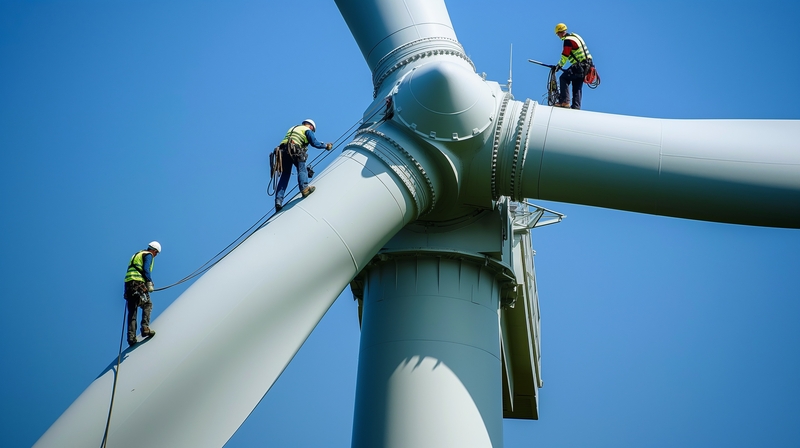The Leading Light Wind offshore wind project, planned for development off the coast of Long Beach Island, NJ, has hit a snag.
The project, managed by Invenergy and energyRe, has faced difficulties securing a turbine blade supplier, a critical component for building the wind farm. Initially, the project aimed to use GE Vernova’s 18 MW Haliade-X turbines, but GE unexpectedly withdrew from providing them. This left the developers scrambling to find alternatives.
Efforts to source turbines from Siemens Gamesa also encountered problems, as the company significantly raised its prices, while Vestas, another major manufacturer, was deemed unsuitable for the project due to technical and financial constraints.
As a result, Leading Light Wind requested a pause from the New Jersey Board of Public Utilities (BPU) through December 2024 to explore more cost-effective solutions and continue discussions with the board and supply chain partners.
Despite this setback, the project remains significant, aiming to power over one million homes with clean energy from approximately 100 turbines located about 40 miles offshore.
However, this delay has reignited debates, with opponents citing environmental concerns and financial viability issues, while proponents stress the importance of offshore wind for achieving New Jersey’s renewable energy goals.
The news comes as the offshore wind industry is facing significant safety concerns, as highlighted by Fraser McLachlan, CEO of GCube, a firm that insures wind turbines, after a catastrophic turbine failure at
McLachlan noted that the rapid drive to increase turbine size may have overlooked critical safety steps. He explained that these larger turbines and blades have not undergone the rigorous testing necessary to ensure their durability, which poses risks to ongoing projects. This aligns with recent issues at the Vineyard Wind site, where a GE Vernova turbine blade broke apart, causing debris to fall into the ocean. GE Vernova admitted that a “manufacturing deviation” was likely the cause and warned that more blade failures could occur.
GE is inspecting around 150 similar blades using advanced technology, such as robots and algorithms, to detect potential issues early. However, these problems are fueling opposition from groups like the New England Fishermen’s Stewardship Association, whose CEO, Jerry Leeman, criticized the haste in developing these projects. Leeman voiced concerns that profit-driven developers could harm fragile marine ecosystems.
The combination of technical challenges and environmental opposition is putting the offshore wind industry under intense scrutiny, especially as the scale of projects continues to grow.

